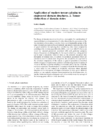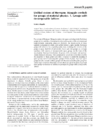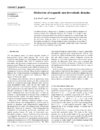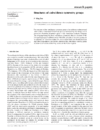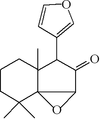issue contents
March 2006 issue
International School on Mathematical and Theoretical Crystallography

Cover illustration: Any crystallographic sublattice can be described as the intersection of a unique set of sublattices each of index a power of a distinct prime. Here a two-dimensional sublattice (shown as green spheres) of index 12 in the basic lattice (mesh) is formed by the intersection of two specific sublattices with prime-power indices 22 (yellow and green) and 3 (blue and green). See Rutherford [Acta Cryst. (2006), A62, 93-97].
feature articles




 journal menu
journal menu











